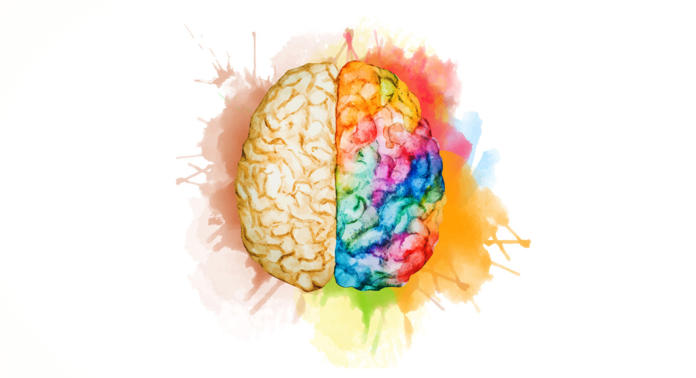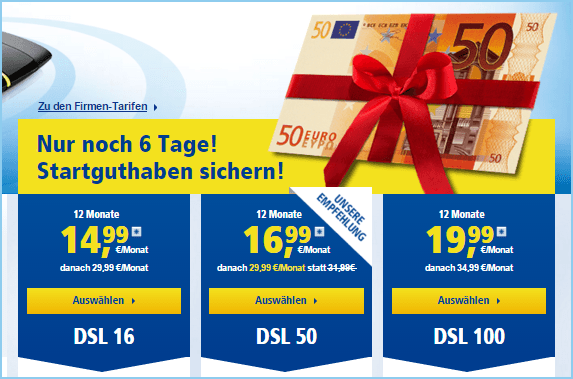
A lot of people probably associate the term “neuromarketing” with scented stores, special lighting in supermarkets and the characteristic sound of a closing car door designed in the lab. Neuromarketing aims to encourage consumers to buy. Put briefly: Neuromarketing is used to boost sales and who doesn’t want that?
Making a customer’s heart beat faster
Neuromarketing is all about what’s happening inside the brain of someone which could be associated with the decision to purchase and how to encourage the readiness to consume. Scientifically measurable methods and functional magnetic resonance imaging (fMRI) are used to measure brain waves and heart rates, test skin conductance and facial muscular activity.
Scientists who researchneuromarketing focus on the nucleus accumbens. This area of the brain is located in the basal forebrain rostral, one of the oldest brain regions. It plays a key role in the reward system being a part of the mesolimbic system. This region generates “wanting”, desire or craving. It accommodates specific dopamine receptors whose stimulation results in the anticipation of reward and which can also be activated by expected consumption and anticipation. Its antagonist, the neurotransmitter serotonin, is responsible for impulse control and affect regulation. It can cause a person to refrain from buying something on an impulse even though that person is generally willing to purchase.
With respect to the purchasing process this means that a good marketing strategy has to achieve two things: Firstly, it must increase the feeling of wanting something badly and wanting it at once. At the same time, it must weaken the control system that might keep consumers from buying something or lower their propensity to purchase.
How to be more successful with shorter print runs
So much for the theory. Now let’s get to practice. We have three pieces of good news for everyone who wants to optimize their flyers to boost sales. Firstly, the two contrary feelings of “wanting” vs. “having enough”, which reduces a person’s readiness to consume, can be influenced and secondly, this isn’t all too difficult. Now the third piece of good news: If you know how to do it, you can design sales-boosting flyers with a few simple tricks. This is supported by the current trend of printing shorter runs of flyers. They are no longer “carved in stone” as has long been the case, but are reprinted more frequently which allows them to be used more flexibly.
1. The principle of artificial scarcity
The principle of artificial scarcity is based on “loss aversion” which refers to people’s tendency to prefer avoiding losses to acquiring equivalent gains. This also applies to pending losses. Offers that are limited in time and/or quantity are especially attractive to customers. This creates a similar feeling as in season’s sales and the willingness to buy is additionally fuelled by the latent fear of not getting something. Mainly used in online marketing today, this concept can also be harnessed in flyers. You can advertise a limited offer in your flyers, either by promoting a special price for a limited period or limited availability. Or you could combine the two by communicating promotional codes for a limited time.
2. The principle of reciprocity
The principle of reciprocity is based on the workings of the mirror neurons. Put briefly: Humans tend to imitate behaviour they observe in others. If we offer something first, our customers will be more open-minded in response to other paid services. This can be a gift card integrated in the flyer or information about an interesting freebie that can be downloaded from the website. All this activates the reward system in our brain and increases our readiness to purchase. By the way: If you go for the gift card, you should choose a fixed discount amount because tests have shown that fixed sums work better than percentage discounts.
3. The three tier pricing strategy
You should choose a three tier pricing strategy comprising a basic, mid-range and premium offer. Most of the time, people will go with the mid-range option. They only do this because there are two other options. Read this article to learn how our price perception works and why that is so (in German). There you will also learn how a simple trick can boost your sales by 30 percent.

4. The benefit principle
We are used to providing fact-based information. But this mainly appeals to the rational half of our brain. Of course, it’s good to know what the basic model of a car costs, but we do not reach our customers emotionally on this level. To amplify the feeling of wanting, we have to bring in the heavy artillery. We have to communicate the benefit our product or service offers. This is particularly easy if we know our customers’ pain points. We then know which problems we can help them solve and we should communicate this. Classic benefits are when customers can save something, either money or time, or ideally both. This fires up our customers’ nucleus accumbens like a megaphone sending out “buy me impulses”. The desire gets a strong impulse and the control system is weakened.
5. The principle of eye tracking
Images are important elements in a flyer. Photos of faces are ideal in this context. It has been shown that toddlers always follow their parents’ gaze and this is still true to some extent in adults. We automatically look in the same direction others are looking. So if we depict a face in our flyer, we should direct the gaze at the benefit we are offering. This effect has been proved scientifically with eye tracking studies.
Conclusion & book tips
Combine a little neuromarketing with a lot of sales psychology to create a sales-boosting flyer which takes no more time than a conventional one.
If you want to learn more about the art of influence, you should read the amusing classic: “Influence, The Psychology of Persuasion” by Robert B. Cialdini. For more interesting insights, read “Predictably Irrational. The Hidden Forces That Shape Our Decisions” by Dan Ariely.
Credits:
Article image: © zenina / Fotolia.com
Partial screenshot: www.1und1.de